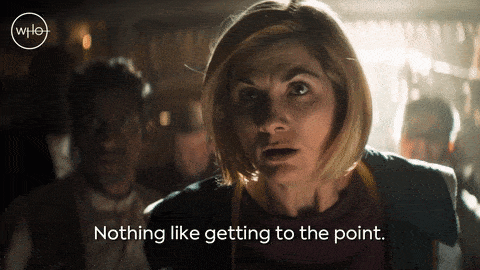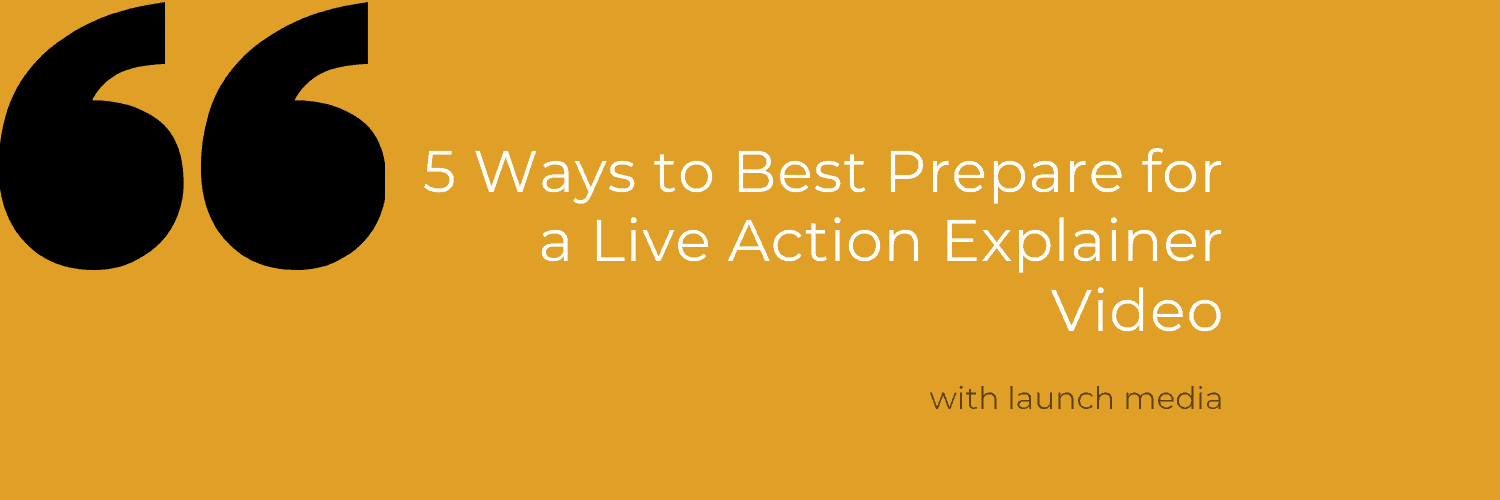In case you didn’t know, we produce explainer videos here at Launch Media. From safety training to operational procedures, we’ve got you covered. Sometimes tutorial videos are animated, and sometimes they are live action (in an actual office with flesh and blood humans).
You can leave the animation process to us, but we’ve got a few tips to help you best prepare for your live action tutorial.
1. Choose an expert
No matter the company, there’s always one person who really knows how things work. They’re the go-to person when someone has a question. Maybe they’ve been at the company the longest, or maybe they just really know their craft. They’re your expert.
When you’re making a tutorial video, one of the most important things to making it interesting is choosing a spokesperson in your company who actually knows what they’re talking about. You can tell when someone is giving you a BS answer in real life, and the same applies for video.
Of course, if you’re using hired talent, that’s a slightly different story. But, they still need to act in the role of an expert. After all, you want teachers who are confident, informed, and reliable. You don’t want to learn from the new employee who’s still figuring out how to work the espresso machine.

2. Be real
Let’s be real. No one really likes going through the training process. It’s got a bad reputation for being boring, awkward, and unnecessary. Why do we have to sit with a superior who reads the training manual to us? Snooze.
It’s a simple fix. You’re already choosing to make your training tutorial into a video (already more engaging), so don’t write your script as an audible training manual. Put a little flavor in it. You’re educating other people after all. If there is a step in your system that is necessary but seems like a bit much to a newbie, then say so. Infuse some humanity into those operations and processes.
An aside to the camera saying, “Yeah, this step is a little overkill, but you’ve got to do it to make sure X,Y, Z.” The viewer will appreciate your candid explanation, and it will make them feel understood and seen. We’re not telling you to dog the process, we’re just saying you gotta be real about it.

3. Vet your scripts, check them twice
We are the video experts. We know how to frame a shot and perfect the lighting and shape a compelling narrative. But, we are not the experts on your business. No one knows that better than you do.
Make sure someone from your company reads over the script for your tutorial video. And, then have someone else read it just in case. It’s got to make sense to you, and maybe we didn’t get it just right when we put it into script format.
In addition to accuracy, vetting scripts breeds familiarity with the talking points. The more familiar your spokesperson is with their talking points, the more naturally they are going to read on camera. Even someone who has explained a system flow 1,000 times might mess up when a camera turns on in front of them. Over-prepare. When they really know the talking points, they can afford to go a little off-script because they know what is coming next.

4. Get to the point
Don’t make a tutorial video about something that can be easily and adequately explained in 3 sentences. The point of a tutorial video is to streamline the training process and make it more engaging. People aren’t going to remember things that take 100 years to explain. Whittle it down to what’s really essential, and go from there.
Be brief, like this tip section.

5. Hire voice talent:
Let’s say you’ve got the perfect spokesperson for your company explainer or tutorial. We’ve all got a John, right? John is friendly and passionate about process. He’s popular in the office. Having him as a spokesperson is a no brainer.
But, then you record him reading your script and you realize, he’s actually quite the heavy breather. He’s got a bit of a hissing sound when he pronounces words with S. And, he really just can’t keep up his vocal energy to the end of the script. So, what do you do?
Don’t be afraid to go pro. Voice actors are available for a reason, and it’s to make your company sound as professional and polished as it is. Would you want to buy insurance from a heavy breather who sounds a bit tired? Probably not.
So, if an amateur isn’t working, then don’t be afraid to go pro. It’s an investment that can make a really big difference.

~
Thanks for reading! We hope you’ll keep these tips in mind as you think contacting us to produce your next explainer video!









